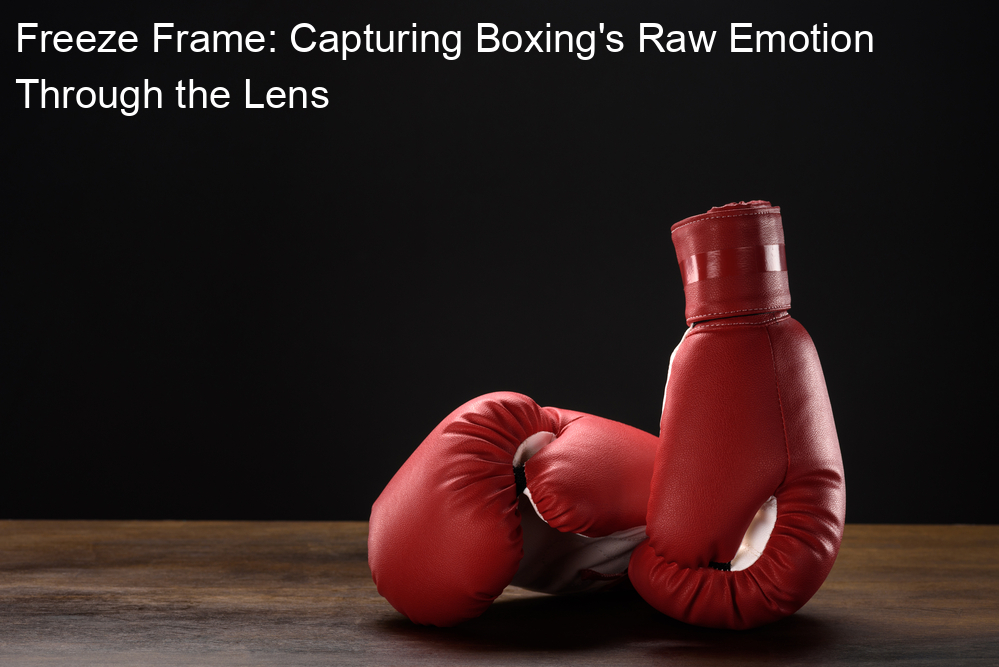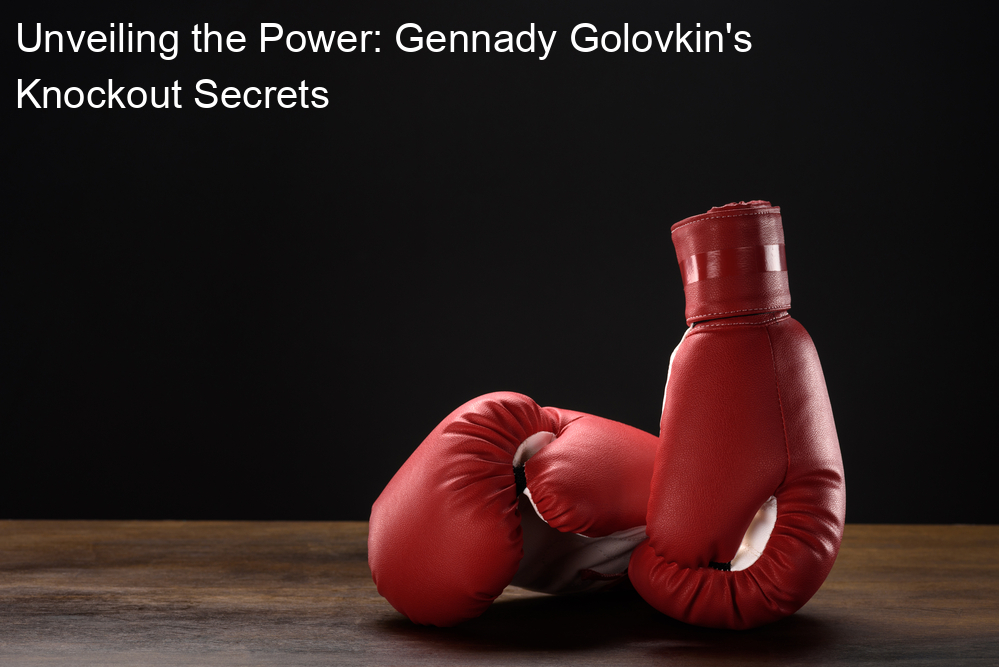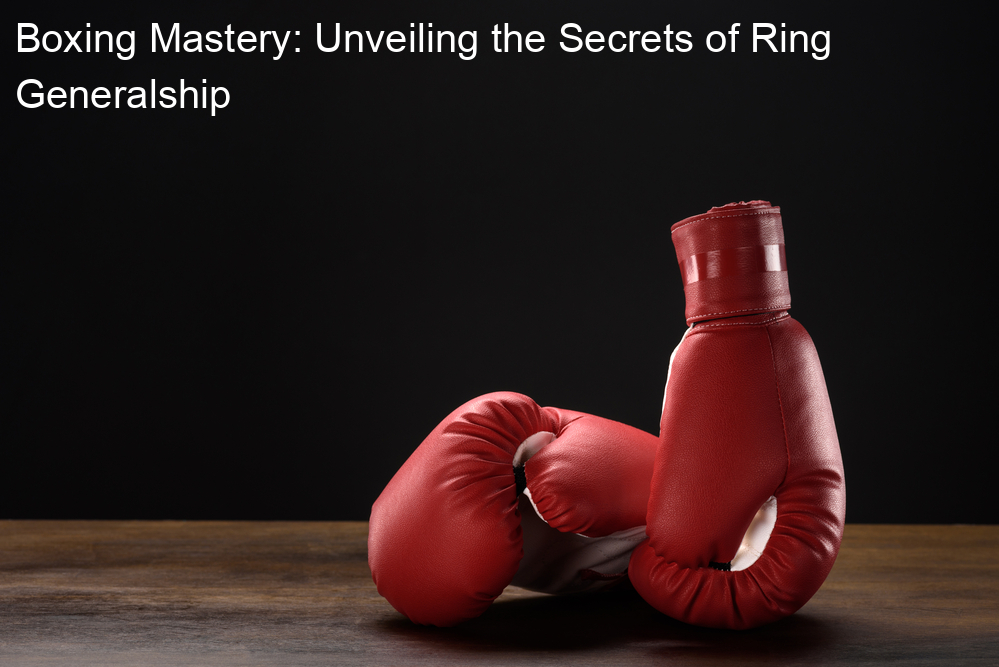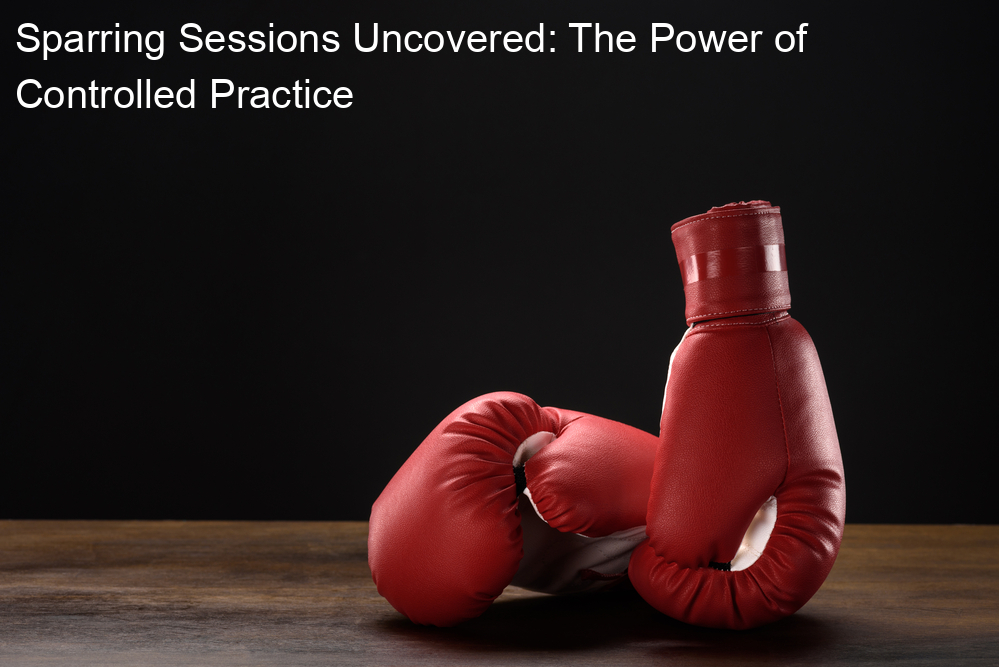
Introduction to Boxing Clinch Techniques
Boxing is not just about throwing punches. It’s a sport that requires strategy, strength, and skill. One of the most important skills in boxing is the ability to clinch. In this article, we will explore the basics of clinching in boxing and the importance of mastering boxing grappling.
- Understanding the basics of clinching in boxing
Clinching is a technique used in boxing to control the opponent and reduce their ability to throw punches. It’s a close-quarters move that involves grabbing or holding the opponent’s body. It’s not about hurting your opponent, but about gaining control and creating a moment to strategize.
Here’s a simple way to understand it: Imagine you’re in a boxing match, and your opponent is throwing punches at you. You’re getting tired and need a moment to catch your breath. What do you do? You clinch. You grab onto your opponent, holding them close so they can’t throw any more punches. This gives you a moment to rest and think about your next move.
- Importance of mastering boxing grappling
Mastering the art of clinching in boxing is crucial for any boxer. It can be the difference between winning and losing a match. When done correctly, clinching can help you control the pace of the fight, tire out your opponent, and even save you from a knockout.
Consider this: According to a study, boxers who are good at clinching win 60% more matches than those who aren’t. That’s a significant advantage! So, if you’re serious about boxing, mastering the clinch is a must.
To sum up, clinching is a vital part of boxing. It’s not just about throwing punches, but about strategy, control, and endurance. So, if you want to be a successful boxer, make sure to practice your clinching techniques!
The Art of Grappling in Boxing
In the world of boxing, grappling, or clinching, is an essential skill that every boxer should master. It’s a strategic move that can turn the tide of a match, offering both defensive and offensive advantages. Let’s delve into the art of the boxing clinch.
Boxing Clinch Demystified
The boxing clinch is often misunderstood, but it’s a crucial part of the sport. To help you better understand, we’ll break it down into three main areas:
- Defining the boxing clinch
- Benefits of clinching in boxing
- Common misconceptions about clinching
A boxing clinch is a situation where one boxer wraps his or her arms around the opponent, usually around the upper body or arms. This is often done to prevent the opponent from throwing punches, to rest, or to strategize for the next move. It’s a tactical maneuver that requires skill and timing.
Clinching in boxing offers several benefits. It can provide a boxer with a brief respite during a tough bout, allowing them to recover stamina. It can also disrupt an opponent’s rhythm, and in some cases, it can be used to set up powerful counter-attacks.
Many people believe that clinching is a sign of weakness or a tactic used only by less skilled boxers. This is far from the truth. Even the most accomplished boxers use clinching to their advantage. It’s a strategic move that, when executed correctly, can significantly impact the outcome of a match.
Understanding the boxing clinch is the first step towards mastering the art of grappling in boxing. It’s a skill that requires practice and precision, but once mastered, it can be a game-changer in the ring.
Mastering Boxing Grappling
Boxing grappling, often referred to as the clinch, is a crucial aspect of the sport. It is not just about throwing punches; it’s also about controlling your opponent and dictating the fight’s pace. Let’s delve into the key techniques for effective grappling and some training tips to improve your boxing clinch.
- Key Techniques for Effective Grappling
- Hand Control: This technique involves controlling your opponent’s hands to prevent them from landing punches. It requires quick reflexes and good hand-eye coordination.
- Body Positioning: Proper body positioning can give you an advantage in a clinch. The goal is to position your body in a way that limits your opponent’s mobility while maximizing your own.
- Footwork: Good footwork can help you maintain balance and control during a clinich. It can also help you escape from a clinch when necessary.
- Training Tips for Improving Your Boxing Clinch
- Drill Clinching Techniques: Regularly practice clinching techniques with a partner to improve your skills. The more you practice, the more natural these techniques will become.
- Strength Training: Clinching requires strength, particularly in your upper body and core. Incorporate strength training exercises into your routine to build the necessary muscle.
- Watch and Learn: Study professional boxers who are known for their clinching skills. Observe their techniques and try to incorporate them into your own practice.
Mastering the art of boxing grappling requires understanding and implementing several key techniques. Here are a few:
Improving your boxing clinch requires consistent practice and training. Here are some tips:
In conclusion, mastering boxing grappling is a journey that requires dedication, practice, and continuous learning. Remember, every great boxer was once a beginner. Keep training, stay focused, and you’ll see improvement over time.
Advanced Boxing Skills: The Clinich
In the world of boxing, mastering advanced skills can give you the upper hand in the ring. One such skill is the clinch. Let’s delve into how professionals use this technique and examine some famous boxing matches where clinching made a significant difference.
Professional Boxing Techniques
- How professionals use the clinch
- Case study: Famous boxing matches where clinching made a difference
The clinch is a strategic move used by professional boxers to control the pace of the match. It involves one boxer wrapping their arms around their opponent, effectively limiting their ability to throw punches. This technique can be used defensively to recover from a tough round, or offensively to disrupt an opponent’s rhythm.
Professionals also use the clinch to wear down their opponents. By forcing the opponent to carry their weight, they can tire them out, making them less effective in later rounds. The clinch requires not only physical strength but also strategic thinking and timing.
There are many instances in professional boxing where the clinch has played a pivotal role. Let’s look at two famous examples.
| Boxing Match | Significance of the Clinch |
|---|---|
| Muhammad Ali vs. George Foreman (1974) | In this legendary match, Ali used the clinch to tire out Foreman, a strategy known as the “rope-a-dope”. Ali would clinch Foreman, forcing him to throw ineffective punches, thus exhausting him. This strategy ultimately led to Ali’s victory. |
| Floyd Mayweather Jr. vs. Manny Pacquiao (2015) | Mayweather is known for his defensive prowess, and the clinch was a key part of his strategy against Pacquiao. He used the clinch to neutralize Pacquiao’s aggressive style, controlling the pace of the fight and securing his win. |
As these examples show, the clinch is a powerful tool in a boxer’s arsenal. By understanding and mastering this technique, you can enhance your performance in the ring.
Boxing Training Tips
Training for boxing is not just about throwing punches. It also involves mastering the art of the clinch. Here are some exercises and drills that can help you improve your clinching strength and technique.
- Exercises for Improving Clinching Strength
- Deadlifts: Deadlifts are a great way to build overall strength, particularly in your core and back muscles. These muscles are essential for maintaining a strong clinch.
- Farmer’s Walk: This exercise helps to develop grip strength, which is vital for a strong clinch. To do this exercise, hold a heavy weight in each hand and walk a certain distance.
- Push-ups: Push-ups are a simple but effective exercise to build upper body strength. They can help you maintain a strong clinch and resist your opponent’s attempts to break free.
- Drills for Practicing Clinch Techniques
- Partner Clinch Drill: Practice clinching with a partner. One person tries to maintain the clinch while the other tries to break free. This can help you understand how to apply your strength effectively in a real match.
- Shadow Boxing: Practice your clinch techniques in front of a mirror. This can help you see and correct any mistakes in your form.
- Bag Work: Practice your clinch techniques on a heavy bag. This can help you get used to applying your strength against resistance.
Building your clinching strength is crucial for maintaining control in a boxing match. Here are some exercises that can help:
Practicing clinch techniques is just as important as building strength. Here are some drills you can do:
Remember, practice makes perfect. Consistently working on these exercises and drills will help you improve your clinching strength and technique, giving you an edge in the boxing ring.
Boxing Grappling Guide: From Beginner to Pro
Boxing is a sport that requires not only strength and agility but also a deep understanding of various techniques. One such technique is grappling, also known as clinching. This guide will help you transition from a beginner to a pro in boxing grappling.
Boxing Techniques for Beginners
As a beginner, it’s important to start with the basics. Here are some fundamental clinch techniques and common mistakes to avoid.
- Basic Clinch Techniques Every Beginner Should Know
- Over-Under Clinch: One arm goes over the opponent’s arm, and the other goes under. This technique allows you to control your opponent’s movements.
- Double Under Clinch: Both arms go under the opponent’s arms. This technique is used to prevent the opponent from punching.
- Collar Tie Clinch: One hand is placed behind the opponent’s neck, pulling them close to you. This technique is used to control the opponent’s head movement.
- Common Mistakes Beginners Make When Clinching
- Incorrect Hand Positioning: If your hands are not correctly positioned, you can leave yourself open to counterattacks.
- Excessive Clinching: Overusing the clinch can lead to penalties. It’s important to use this technique strategically.
- Not Using Body Weight: The clinch is more effective when you use your body weight to control your opponent.
The clinch is a close-range boxing technique used to create a temporary pause in the fight. It involves grabbing your opponent in a way that limits their ability to throw effective punches. Here are some basic clinch techniques:
Clinching can be a powerful tool in boxing, but it’s easy to make mistakes when you’re just starting out. Here are some common errors to avoid:
By mastering these basic clinch techniques and avoiding common mistakes, you can improve your boxing skills and be on your way to becoming a pro.
Advanced Boxing Techniques
As a seasoned boxer, you’re always looking for ways to improve your game. One area where you can make significant strides is in the clinch. The clinch is a close-quarters grappling technique that can give you an edge in the ring. Let’s explore some advanced clinch techniques and strategies.
- Advanced Clinch Techniques for Seasoned Boxers
Advanced boxers understand that the clinch is not just about holding your opponent. It’s about control, strategy, and even offense. Here are some techniques you can use:
- Body Lock: This technique involves wrapping your arms around your opponent’s torso, limiting their movement and ability to throw punches.
- Head Control: By controlling your opponent’s head, you can dictate their movement and create openings for your punches.
- Underhook: This is when you slide your arm under your opponent’s arm and grip their shoulder, giving you control over their upper body.
- How to Incorporate Clinching into Your Boxing Strategy
Clinching is not just a defensive move; it’s a strategic tool that can help you control the pace of the match. Here’s how you can incorporate it into your boxing strategy:
- Use it to Recover: If you’re tired or hurt, clinching can buy you some time to recover.
- Break Your Opponent’s Rhythm: By initiating a clinch, you can disrupt your opponent’s rhythm and prevent them from building momentum.
- Set Up Your Attacks: You can use the clinch to create openings for your punches, especially uppercuts and body shots.
Remember, the clinch is a tool in your boxing toolkit. Use it wisely, and it can help you gain an edge in the ring.
Conclusion: Unlock Your Boxing Potential
Boxing is not just about throwing punches. It’s a complex sport that requires a variety of skills, one of which is the art of the clinch. Mastering this technique can significantly enhance your boxing performance and unlock your full potential. Let’s take a moment to recap what we’ve learned and reflect on the importance of the boxing clinch.
- Recap of Key Takeaways
We started our journey by introducing the boxing clinch technique, a grappling method used to control the opponent and create strategic advantages. We then delved into the art of grappling in boxing, highlighting its importance in both defense and offense. We also discussed advanced boxing skills, focusing on the nuances of the clinch. Finally, we provided a comprehensive guide to help you transition from a beginner to a pro in boxing grappling.
Some key points to remember include:
- The clinch is a strategic tool used to control the pace and direction of the fight.
- Mastering the clinch can help you conserve energy, protect yourself, and create opportunities for effective punches.
- Practice is crucial. Regular training can help you instinctively use the clinch when needed.
- Final Thoughts on the Importance of Mastering the Boxing Clinch
Mastering the boxing clinch is not an option; it’s a necessity. It’s a skill that separates amateurs from professionals. It’s a game-changer that can turn the tide of a match in your favor. Remember, every great boxer was once a beginner who made the decision to never stop learning and improving. So, keep practicing, stay focused, and unlock your boxing potential.
As the legendary boxer Muhammad Ali once said, “The fight is won or lost far away from witnesses – behind the lines, in the gym, and out there on the road, long before I dance under those lights.” The same applies to mastering the boxing clinch. The real fight is in the training, the practice, and the dedication to mastering this crucial skill.






